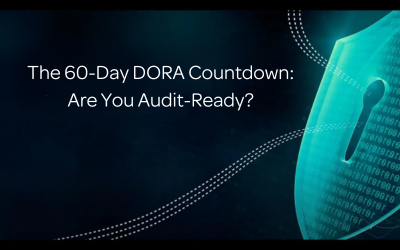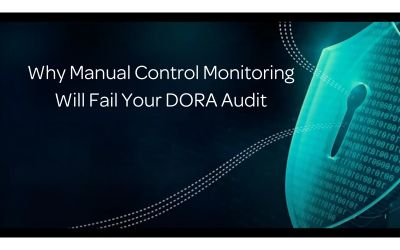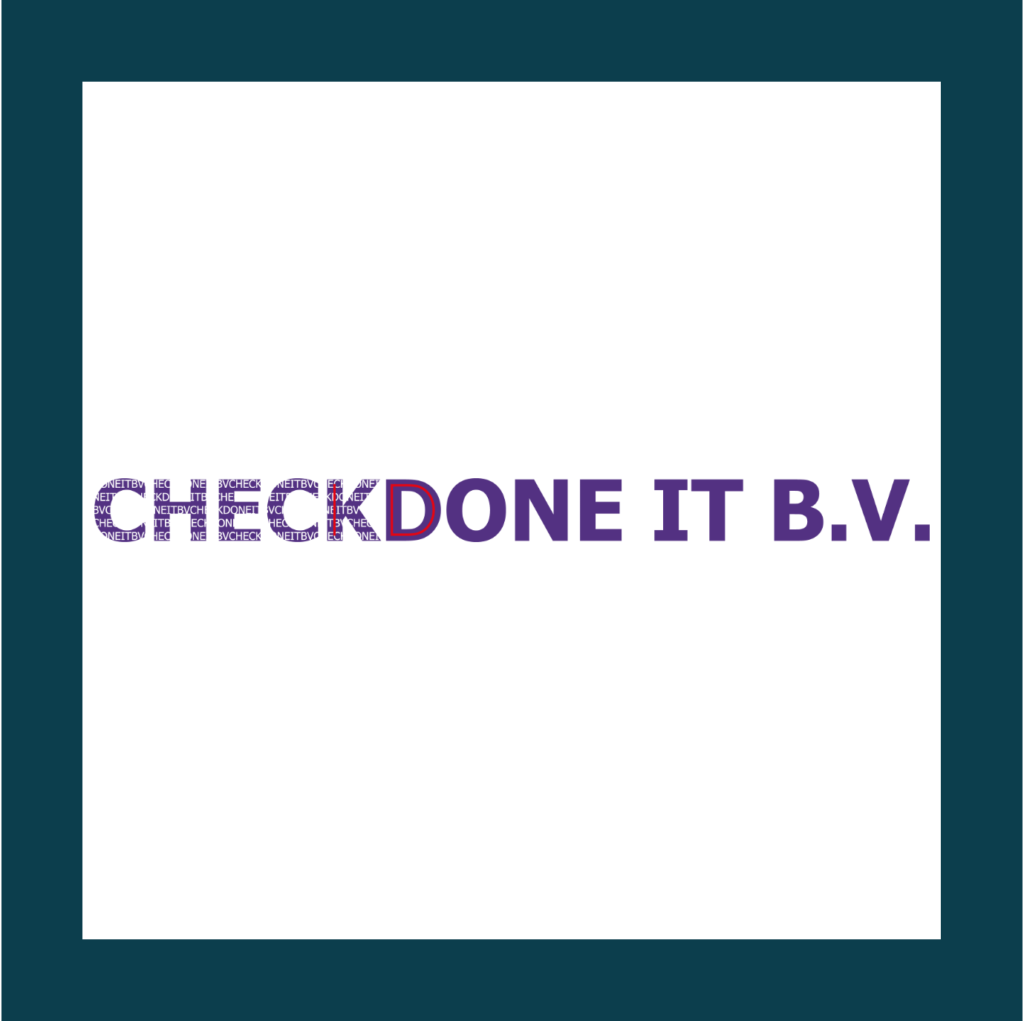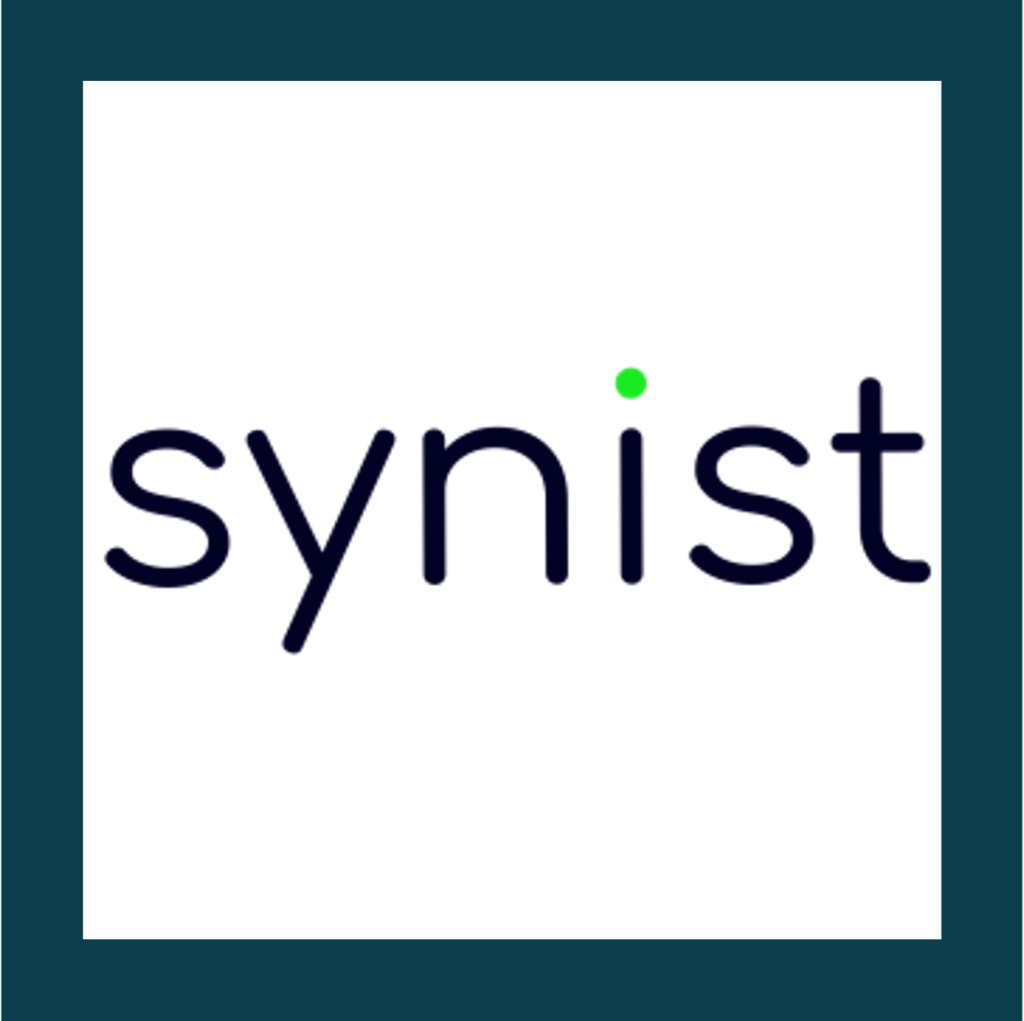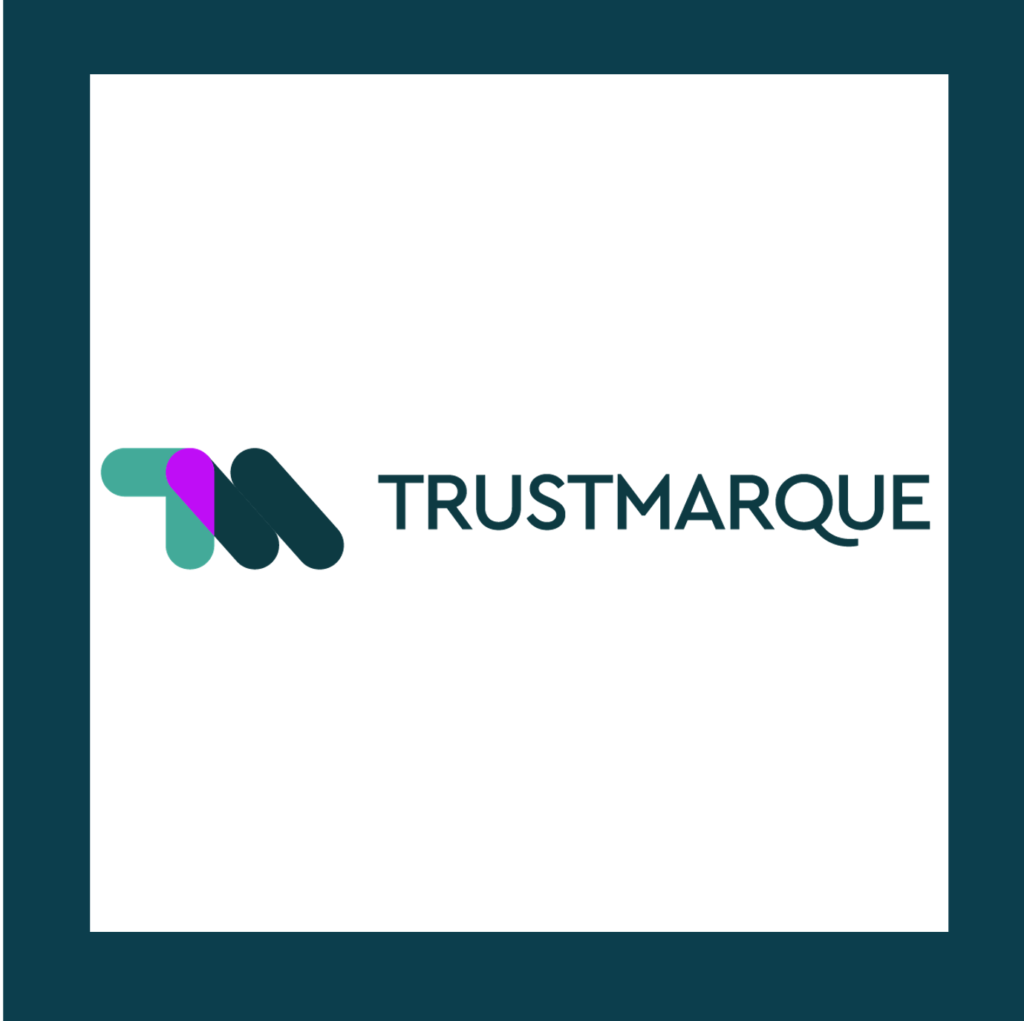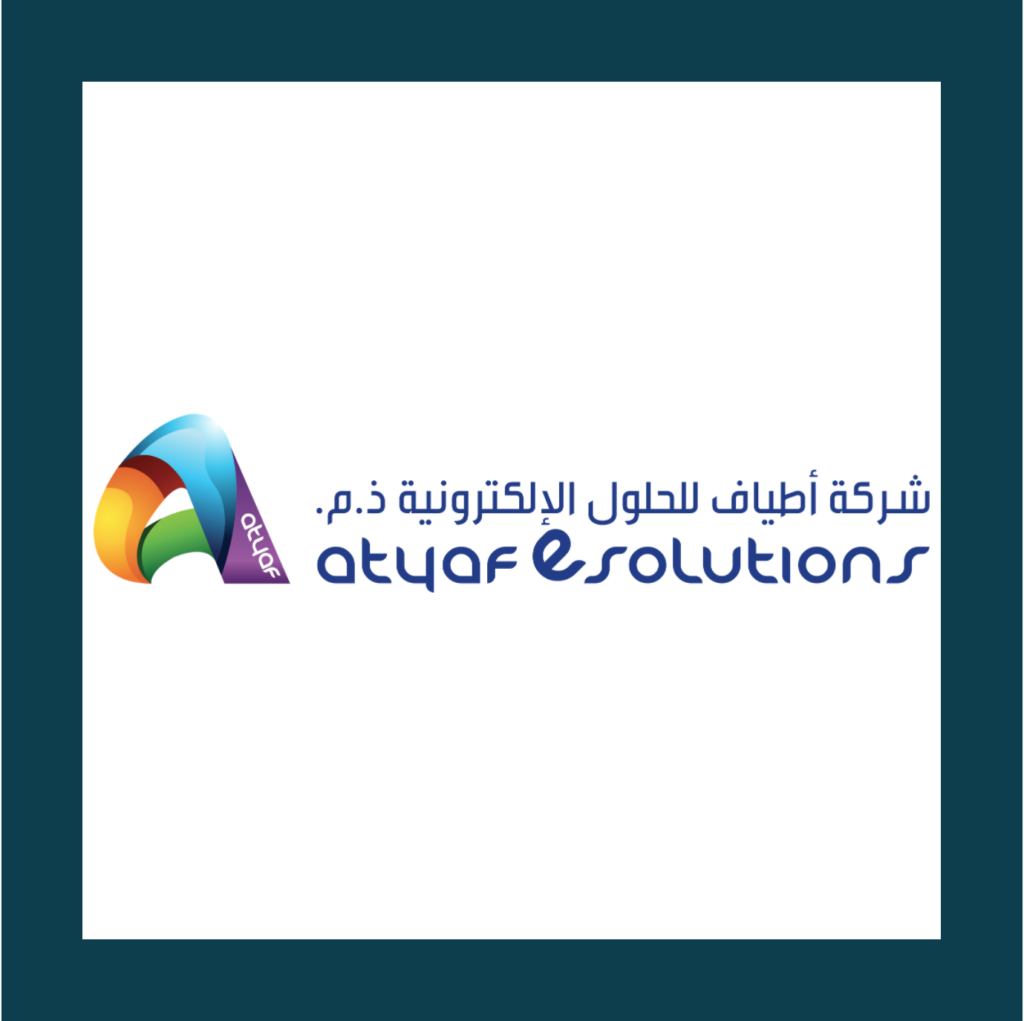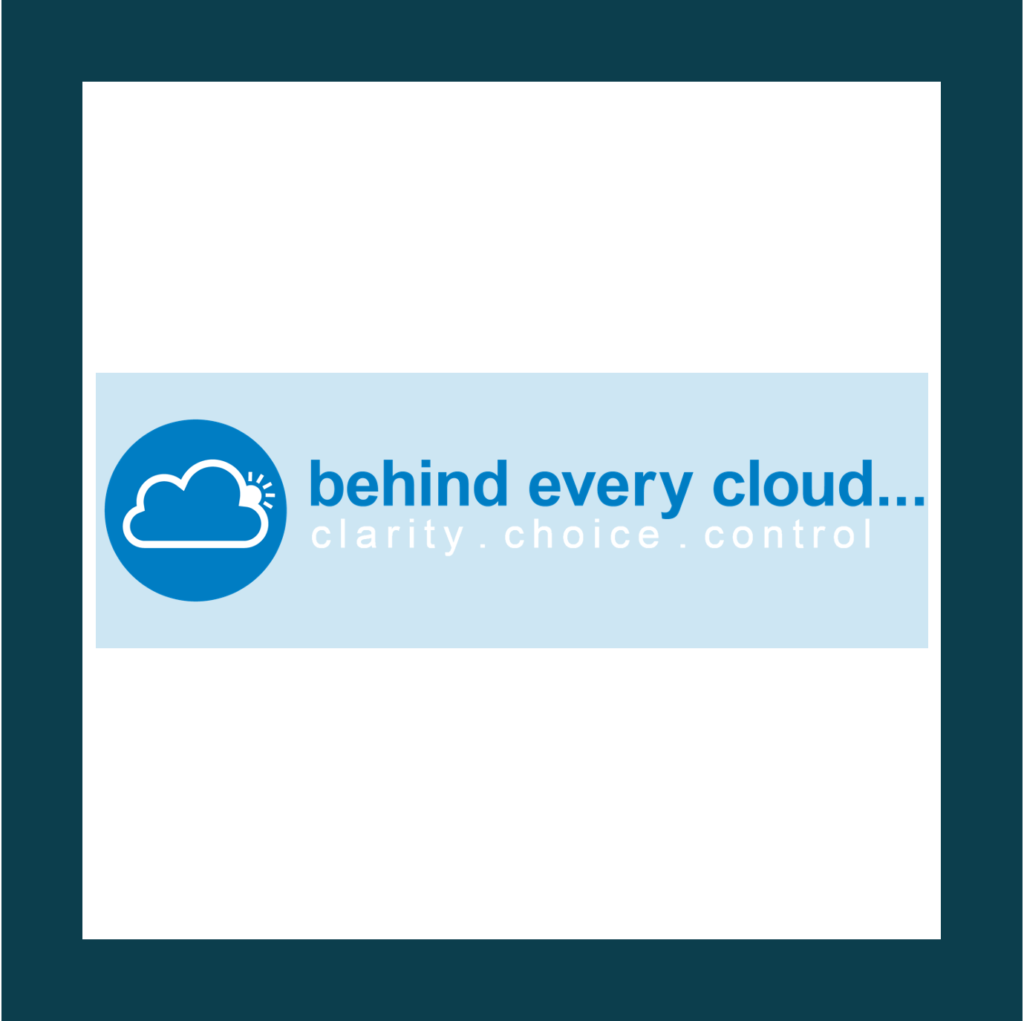If you’re treating DORA like another NIST or ISO framework, you’re already behind.
There’s a lot of confusion about what DORA (the Digital Operational Resilience Act) actually is. We hear it all the time:
“We’re already aligned to NIST, so we’re good for DORA, right?”
Wrong.
That mindset could be putting your organisation at risk—because DORA is not just another framework. It’s a regulation. And that difference isn’t just semantics; it changes everything about how you approach your compliance strategy, audit preparation, and operational resilience.
Let’s break it down—and explain why this distinction matters more than ever.
But don’t be fooled into thinking that all DORA parts are EQUAL.
There are some critical parts to DORA that regardless of internal processes, organisations must focus on as a matter of priority:
- ICT Risk Management Framework
Every financial entity must implement a comprehensive ICT risk framework with board-level accountability.
Why it matters: It’s the foundation of digital resilience—required for compliance across all other areas.
- ICT Incident Reporting
Firms must detect, classify, and report major ICT incidents quickly (initial report often within hours).
Why it matters: Regulators expect real-time visibility into cyber threats and disruptions. - Digital Operational Resilience Testing
Entities must test their ICT systems regularly—critical ones must undergo Threat-Led Penetration Testing (TLPT) every 3 years.
Why it matters: Shows whether your defences work under real-world attack conditions. - Third-Party Risk Management
You must track, assess, and manage risks from all ICT service providers—including cloud and SaaS vendors.
Why it matters: Outsourced systems are still your responsibility under DORA. - Oversight of Critical Third-Party Providers (CTPPs)
Key ICT providers (like hyperscalers) will be directly regulated by EU authorities.
Why it matters: You’ll need to ensure your contracts and relationships align with new legal obligations.
So What Is DORA, Really?
The Digital Operational Resilience Act is an EU regulation designed to ensure that financial entities can withstand and recover from ICT disruptions.
Here’s the key point:
DORA is not a framework. It is a binding regulation that applies to financial entities and their third-party ICT service providers.
What does that mean for you?
- You can’t choose to follow it—compliance is mandatory
- It requires results, not just documentation
- There are penalties for non-compliance
- You’ll be audited and assessed for your actual resilience—not your intentions
Think of frameworks like NIST or ISO as fitness plans—you pick what suits your goals. DORA is more like bootcamp: the end result is non-negotiable, and you have to prove you can survive it.
Why the Distinction Matters
Treating DORA like a framework leads to a dangerous assumption:
“We’ll just tick some boxes and show we’ve got policies in place.”
But DORA doesn’t want your policies. It wants evidence that your operational resilience is real, continuous, and effective.
If you approach DORA with a framework mindset, you risk:
- Falling short during audits
- Wasting resources on low-impact controls
- Missing the point: DORA isn’t about alignment. It’s about assurance.
Frameworks are static. DORA is dynamic.
Frameworks are about controls on paper. DORA is about controls in action—proven over time.
The Compliance Trap: Framework Fatigue
A common trap we see is “framework fatigue.”
Organisations layered with ISO, NIST, COBIT, and more are burned out. So when DORA arrives, they assume it’s just another one to stack on top.
That’s a costly mistake.
DORA isn’t asking you to align to another set of controls. It’s asking whether your existing controls are working in real time—and whether you can prove that they are.
You can’t meet real-time regulatory expectations with a quarterly spreadsheet.
So What Should You Do Instead?
A smarter approach is to map your existing frameworks to DORA’s outcomes—but shift your mindset from “alignment” to “assurance.”
This means:
- Monitoring control effectiveness continuously
- Automating evidence collection
- Being always audit-ready, not just compliant once a year
- Building operational resilience into your day-to-day activities—not just preparing for a single audit event
With the right approach, DORA compliance becomes baked in, not bolted on.
Still Unsure Where You Stand with the Digital Operational Resilience Act?
If you’re still treating DORA like a voluntary framework, you’re missing the bigger picture—and potentially heading toward audit failure.
Download our guide to:
- Understand why DORA’s regulatory nature changes your entire compliance approach
- See the critical differences between frameworks and regulations
- Learn how to prepare your controls, monitoring, and evidence for real-world audits
- Avoid reactive compliance and move toward continuous assurance
Download the guide now – here.





